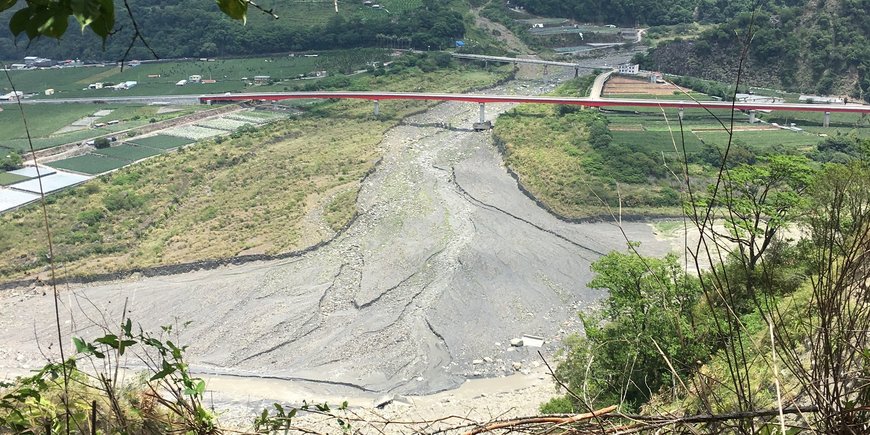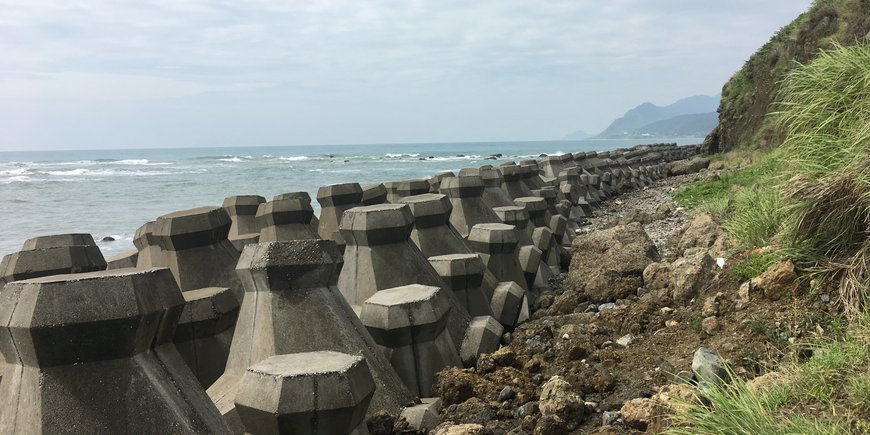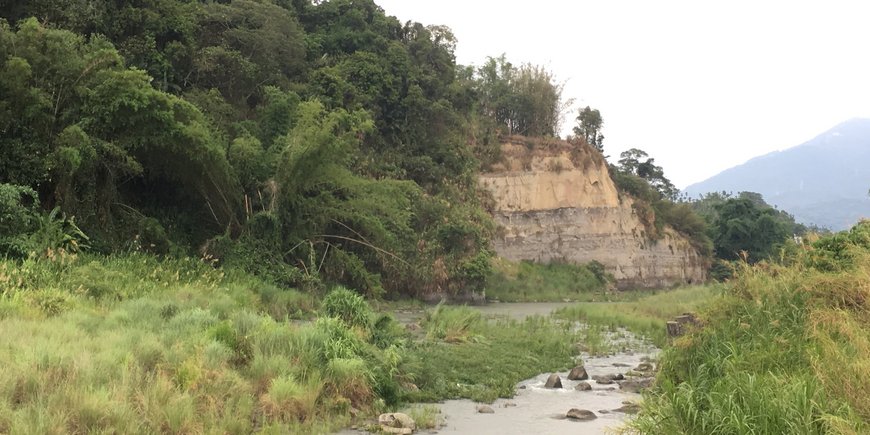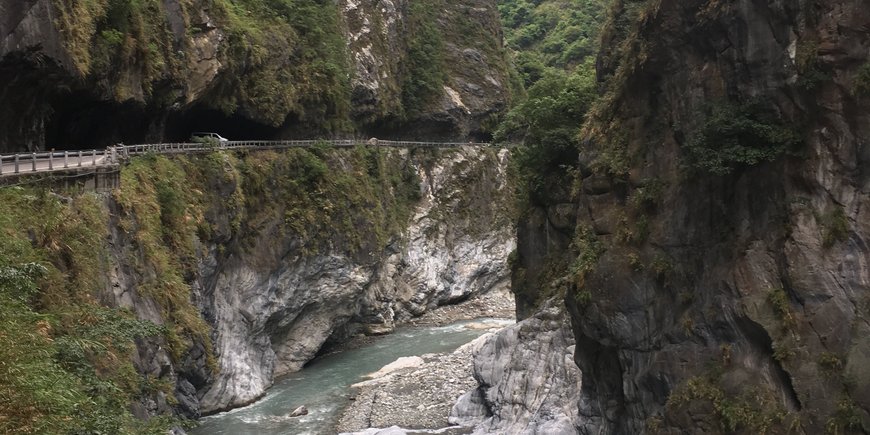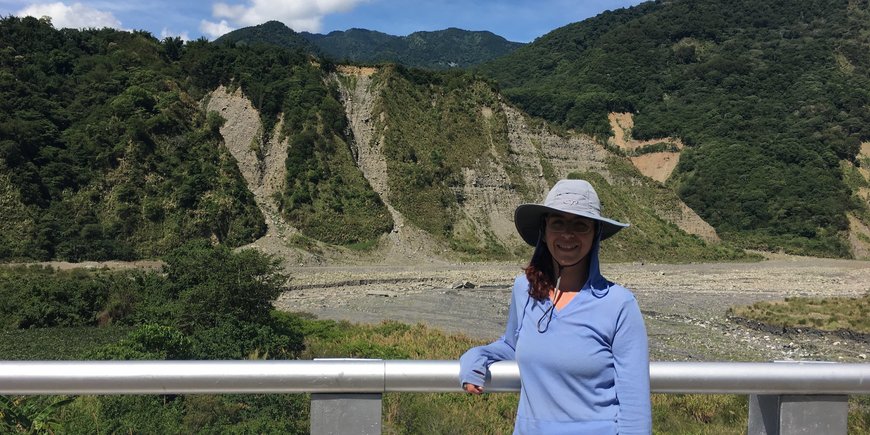Fastest Denudation Rates on Earth
Meteoric 10Be, produced in the atmosphere, can be used to quantify denudation rates (the sum of weathering and erosion) when normalized with the stable trace element 9Be. We measure this 10Be/9Be ratio in river sediments, soils, but also in water or even plants.
In Taiwan, where very fast erosion rates prevail due to the strong uplift of the mountains, the method can quantify the rate of erosion regardless of the rock type or mineral. Conventional “in situ” methods on e.g. 10Be in quartz minerals cannot be used because no or only very fine-grained quartz is present. In some catchments we have measured denudation rates of >30 mm/yr with the 10Be/9Be method. Independent data from e.g. river loads or incision rates show very similar orders of magnitude. This makes Taiwan the fastest eroding landscape in the world!
- Link to the study: Deng, K., H. Wittmann, S. L. Yang, and F. von Blanckenburg (2021b), The Upper Limit of Denudation Rate Measurement from Cosmogenic 10Be(meteoric)/9Be Ratios in Taiwan, Journal of Geophysical Research- Earth Surface, 126, e2021JF006221.
To make the 10Be/9Be method even more quantitative, we also measured the production rate of meteoric 10Be in Taiwan (the so-called “meteoric flux”). For this purpose, terrace profiles were sampled whose age is independently known (e.g. by radiocarbon dating). With the resulting “inventories” of 10Be concentrations, the meteoric flux can be calculated. Such calibrations of the meteoric flux are still rarely found in the literature and are therefore very important to make the method more accurate.
Link to the study: Deng, K., H. Wittmann, M.-L. Hsieh, S. Yang, and F. von Blanckenburg (2021a), Deposition and retention of meteoric 10Be in Holocene Taiwan river terraces, Quaternary Science Reviews, 265, doi:10.1016/j.quascirev.2021.107048.
Time Frame
- 01/09/2017 - 15/01/2020
Funding
- CSC Scholarship


